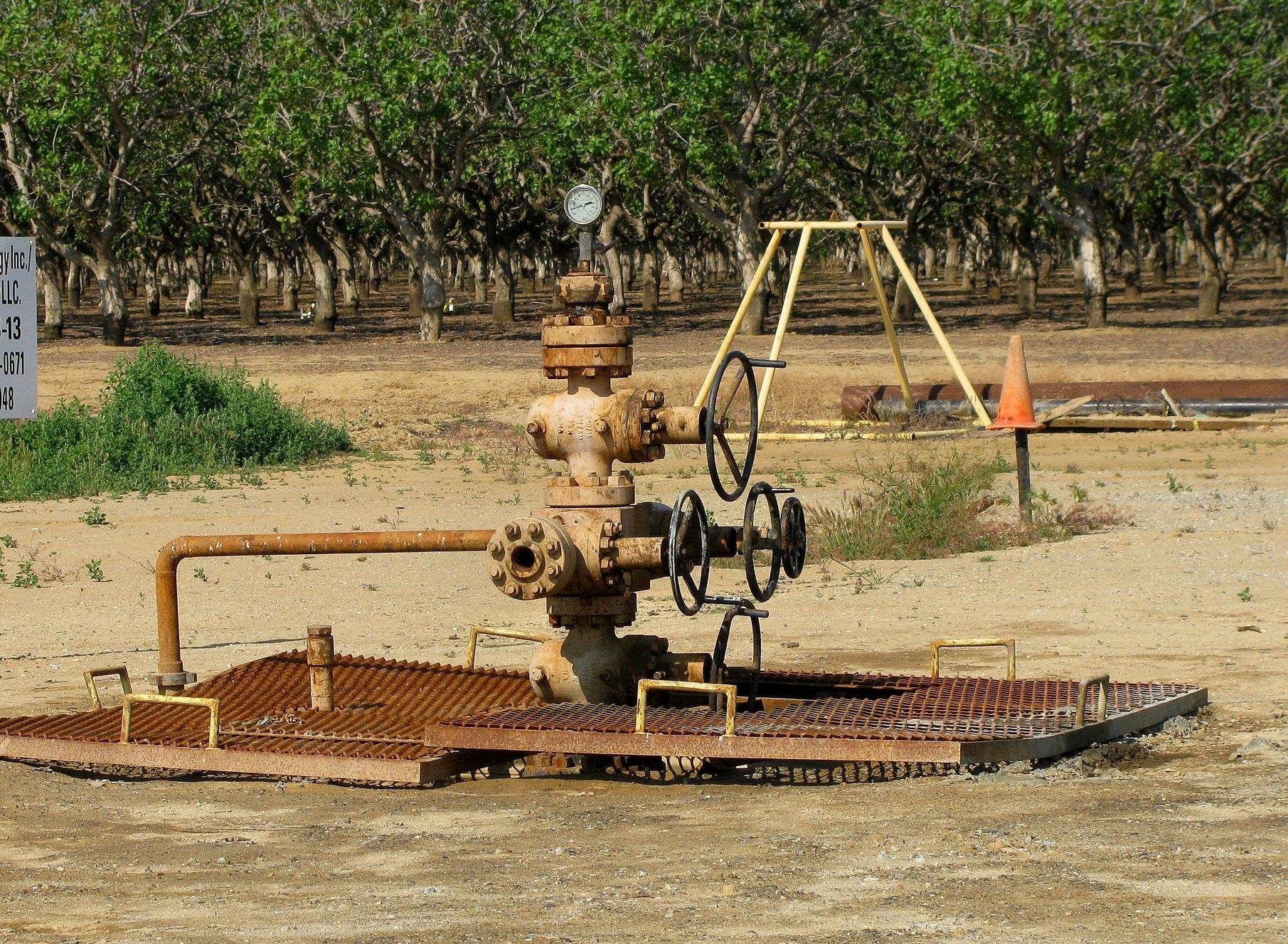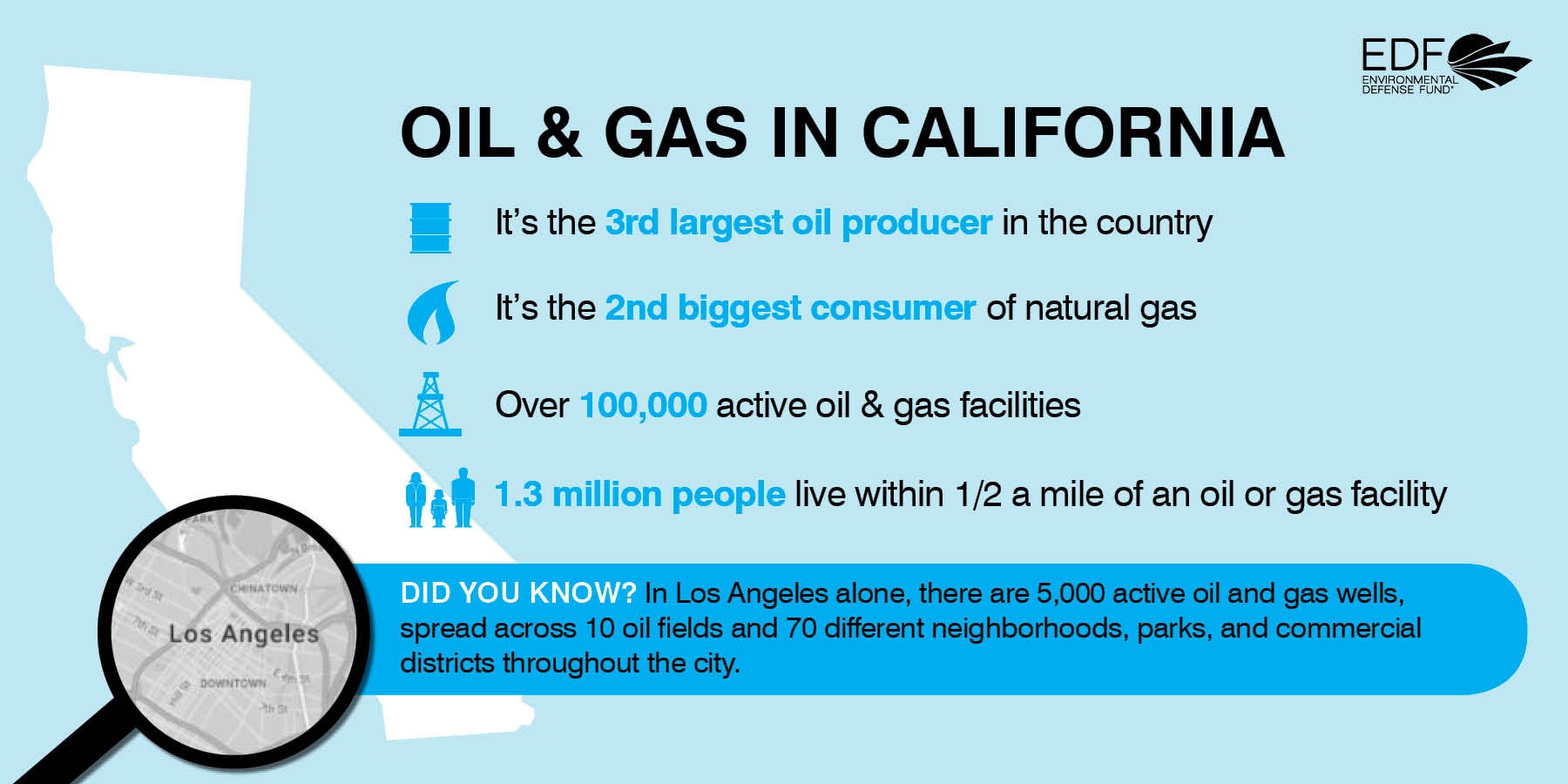 This post was updated on February 10th.
This post was updated on February 10th.
A new study from the U.S. Department of Energy adds to the large and growing body of research on the problem of methane emissions from the oil and gas industry. Methane is both the main component of natural gas and a powerful climate pollutant – which is why regulators, scientists, and industry all have a vested interest in developing a more complete understanding of how much methane is emitted and from which sources.
Researchers with the Department of Energy’s National Energy Technology Laboratory (NETL) used a life cycle model to integrate data from several of EDF’s methane studies, and estimated that 7.3 million metric tons of methane were emitted along the natural gas supply chain in 2012. This value is about 10% higher than the corresponding estimate in the 2016 EPA Greenhouse Gas Inventory (GHGI), although the difference was not statistically significant (the NETL confidence interval ranged from -20% to +30% of the central estimate). Read More












 This weekend, thousands of people will descend upon Houston to watch the New England Patriots and Atlanta Falcons duke it out at the Super Bowl. But the game won’t be the only thing on display.
This weekend, thousands of people will descend upon Houston to watch the New England Patriots and Atlanta Falcons duke it out at the Super Bowl. But the game won’t be the only thing on display. After a century in use, the American electric grid is on the precipice of transformation. The technology is here and customers are ready, but we need a modernized grid to unlock the clean energy future. Fortunately, utilities like AEP Ohio are taking advantage of the potential to lower pollution and customers’ energy bills by updating – and upgrading – their operations.
After a century in use, the American electric grid is on the precipice of transformation. The technology is here and customers are ready, but we need a modernized grid to unlock the clean energy future. Fortunately, utilities like AEP Ohio are taking advantage of the potential to lower pollution and customers’ energy bills by updating – and upgrading – their operations. Those of us who lived through Rick Perry’s governorship in Texas were concerned he’d take his “pollution-first” mentality to Washington. But the Trump administration’s assault on clean energy started before Perry cleared the first hurdle for becoming Secretary of Energy today, signaling he’ll likely be confirmed by the full Senate.
Those of us who lived through Rick Perry’s governorship in Texas were concerned he’d take his “pollution-first” mentality to Washington. But the Trump administration’s assault on clean energy started before Perry cleared the first hurdle for becoming Secretary of Energy today, signaling he’ll likely be confirmed by the full Senate.